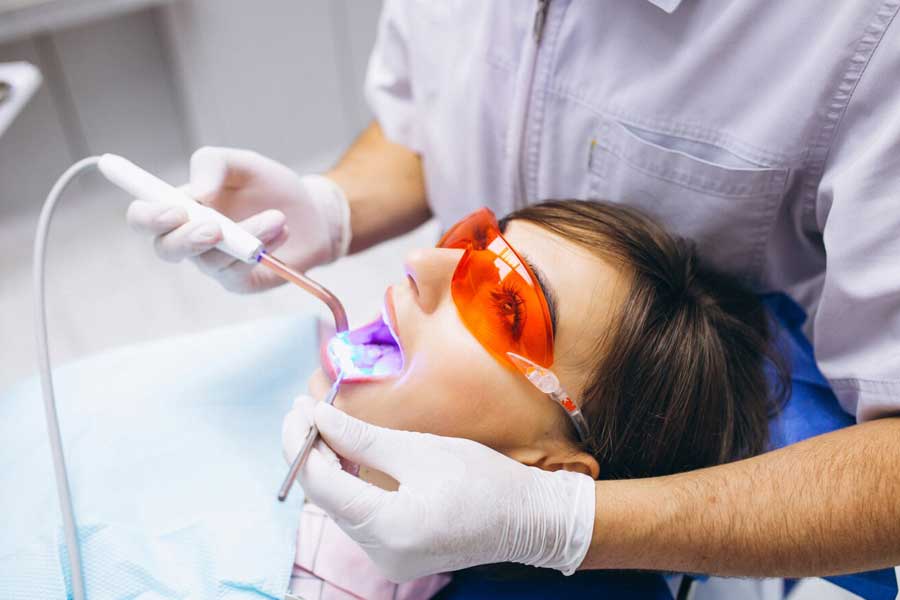
Dental treatments play an essential role in maintaining good oral health and ensuring that your teeth and gums remain in top condition. From preventive care to restorative procedures, these treatments cover a broad spectrum of services aimed at preserving, enhancing, and restoring dental health. Visiting your dentist regularly and receiving appropriate dental treatments can help prevent minor issues from becoming major problems, ensuring that your smile stays healthy and bright.
One of the most common types of dental treatments is preventive care. This includes routine cleanings and check-ups, which are essential in maintaining oral hygiene. Preventive care is crucial because it helps identify potential issues before they worsen, such as cavities, gum disease, or plaque buildup. Regular visits to the dentist allow for early detection of problems and timely intervention, saving patients from more invasive and costly procedures in the future.
Restorative dental treatments are another key aspect of dental care. These treatments focus on repairing and restoring damaged teeth, ensuring that the function and appearance of the teeth are maintained. Some common restorative procedures include fillings, crowns, bridges, and dental implants. Fillings, for example, are used to treat cavities by removing decayed material from the tooth and filling the space with a composite material. Crowns and bridges, on the other hand, are used to restore the strength and structure of teeth that have been weakened or damaged.
Another important area of dental treatments is cosmetic dentistry. While the primary goal of dental care is to ensure oral health, many people also seek treatments to improve the appearance of their smile. Cosmetic dental treatments include procedures such as teeth whitening, veneers, and bonding. Teeth whitening is a popular treatment for removing stains and discoloration, giving patients a brighter, more attractive smile. Veneers and bonding, meanwhile, can correct minor imperfections such as chipped or uneven teeth, enhancing the overall aesthetics of a person’s smile.
For individuals experiencing more severe dental issues, advanced dental treatments such as root canals, extractions, and orthodontics may be necessary. A root canal, for instance, is used to treat an infected tooth by removing the damaged pulp and sealing the tooth to prevent further infection. Extractions, or the removal of teeth, are sometimes required when a tooth is too damaged to be repaired. Orthodontics, which includes treatments like braces or clear aligners, helps correct misaligned teeth and bite issues, improving both function and appearance.
In recent years, advances in technology have made dental treatments more effective, comfortable, and accessible than ever before. Digital X-rays, for instance, provide dentists with a clearer picture of the patient's oral health, allowing for more accurate diagnoses and treatment plans. Additionally, minimally invasive techniques and improved materials have led to faster recovery times and longer-lasting results for patients undergoing dental treatments.
In conclusion, dental treatments are a critical part of maintaining good oral health. Whether it’s preventive care, restorative procedures, or cosmetic enhancements, these treatments are designed to ensure that your teeth and gums stay healthy and functional. Regular dental visits and timely interventions can help address dental issues before they become major concerns, allowing you to enjoy a healthy, confident smile for years to come.